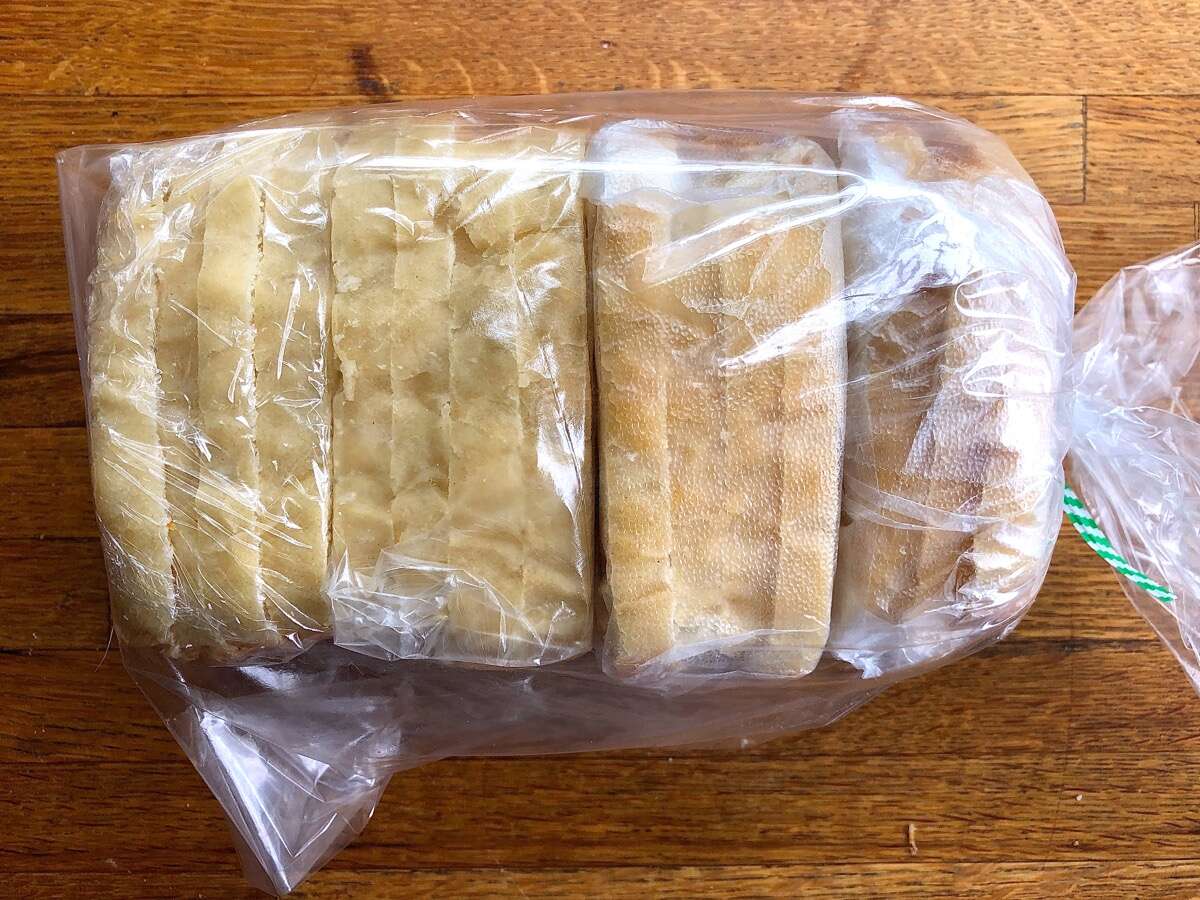

Articles
How To Store Bread
Modified: February 23, 2024
Learn how to store bread properly with these helpful articles. Keep your bread fresh for longer with our tips and tricks.
(Many of the links in this article redirect to a specific reviewed product. Your purchase of these products through affiliate links helps to generate commission for Storables.com, at no extra cost. Learn more)
Introduction
When it comes to enjoying fresh, delicious bread, proper storage is essential. We’ve all experienced the disappointment of biting into a stale, dry slice of bread. That’s why understanding how to store bread correctly can make all the difference in preserving its taste and texture.
Not only does proper bread storage ensure that you can enjoy your loaves for longer, but it also helps to maintain their freshness and flavor. Whether you’re dealing with store-bought bread, homemade creations, or even slices for sandwiches, knowing the right techniques and tools for bread storage is crucial.
In this article, we’ll explore the importance of proper bread storage and cover different types of bread storage containers. We’ll also delve into best practices for storing bread and provide specific guidelines for storing sliced bread, homemade bread, and store-bought bread. Additionally, we’ll discuss common mistakes to avoid and provide valuable tips for extending the shelf life of your bread.
By following the advice in this article, you’ll be able to indulge in fresh, delicious bread whenever you desire. So let’s dive in and discover the best ways to store bread to optimize its taste and texture!
Key Takeaways:
- Proper bread storage is crucial for preserving freshness, flavor, and texture. From bread boxes to freezer bags, choosing the right storage container is key to maintaining optimal bread quality.
- Avoid common mistakes like refrigeration and sunlight exposure, and follow best practices such as using bread bags and storing bread in a cool, dry place to extend the shelf life of your bread.
Read more: How To Store A Loaf Of Sourdough
Why Proper Bread Storage is Important
Proper bread storage is crucial for maintaining the quality and freshness of your bread. Here are a few reasons why it is important to store bread correctly:
- Preserves Freshness: Bread is highly susceptible to drying out and becoming stale if not stored properly. By storing it correctly, you can extend its freshness and enjoy every slice as if it were freshly baked.
- Retains Flavor: Proper storage helps to preserve the flavor of your bread. Stale or improperly stored bread may lose its original taste, making it less enjoyable to eat.
- Prevents Moisture Loss: Bread contains a certain amount of moisture, and storing it in a dry environment without proper protection can cause it to lose moisture quickly. This can result in dry, crumbly bread that lacks the desired texture.
- Minimizes the Risk of Mold: Bread left at room temperature or exposed to excess moisture is susceptible to mold growth. Proper storage techniques can help prevent mold formation and ensure the freshness and safety of your bread.
- Reduces Food Waste: By storing bread correctly, you can prevent unnecessary waste. When bread is properly stored, it stays fresh for longer, reducing the need to throw away stale or moldy loaves.
To enjoy the full experience of your bread, including its taste, texture, and aroma, it is crucial to store it in the right conditions. Whether you’ve baked the bread yourself or purchased it from a store, taking the time to store it properly will enhance your overall culinary satisfaction.
Now that you understand why proper bread storage is important, let’s explore the different types of bread storage containers and their benefits.
Different Types of Bread Storage Containers
Choosing the right bread storage container is key to maintaining the freshness and quality of your bread. Here are some popular types of bread storage containers:
- Bread Boxes: Bread boxes are classic containers designed specifically for storing bread. They usually have a hinged or removable lid that allows for easy access while keeping the bread protected. Bread boxes are ideal for storing freshly-baked bread as they help retain moisture, preventing it from drying out too quickly.
- Bread Bins: Bread bins are similar to bread boxes but are typically larger in size. They often have a roll-top or sliding design, allowing for easy access and providing ample space for storing larger loaves or multiple bread items.
- Bread Bags: Bread bags are made of fabric or breathable material that helps regulate the amount of moisture retained by the bread. These bags are suitable for storing freshly baked bread, as they provide airflow while keeping the bread protected. Bread bags are also useful for storing sliced bread or storing multiple loaves together.
- Plastic Containers: Plastic containers with airtight seals are a popular choice for storing store-bought bread. These containers help keep the bread fresh by protecting it from moisture loss and preventing exposure to air. Look for containers specifically designed for bread storage, with adjustable vents to regulate humidity levels.
- Freezer Bags: To prolong the shelf life of your bread, consider freezing it. Freezer bags are excellent for storing bread in the freezer as they provide an airtight seal, preventing freezer burn. Slice the bread before freezing, and the individual slices can be easily thawed when needed.
When choosing a bread storage container, consider factors such as the size of the bread, the desired storage duration, and the type of bread you are storing. Each container has its advantages, so choose the one that best suits your storage needs and helps maintain the quality of your bread.
Now that you know about the different types of bread storage containers, let’s move on to the best practices for storing bread.
Best Practices for Storing Bread
To ensure that your bread stays fresh and delicious for as long as possible, it’s important to follow these best practices for bread storage:
- Cool and Dry Location: Choose a cool and dry place to store your bread. This helps prevent moisture buildup and mold growth. Avoid storing bread near the stove, dishwasher, or any other heat source.
- Avoid Sunlight: Sunlight can speed up the staling process and cause bread to become dry. Store bread in a dark area or use opaque containers to protect it from direct sunlight.
- Avoid Refrigeration: Contrary to popular belief, refrigeration is not always the best option for storing bread. Cooling bread in the refrigerator can actually accelerate staling. However, if you live in a particularly hot and humid climate, refrigeration may be necessary to prevent mold growth.
- Wrap or Cover: Whether you opt for a bread box, bread bag, or plastic container, make sure to always wrap or cover your bread. This prevents the bread from drying out and minimizes exposure to air.
- Store Sliced Bread Properly: If you have sliced bread, it’s best to store it with the cut side facing down on a clean surface or in a bread container. This helps maintain its moisture and prevent the sliced edges from drying out too quickly.
- Avoid Cutting Bread in Advance: To keep your bread fresh, it’s best to slice it just before you plan to eat it. Cutting bread exposes more surface area to air, which can lead to faster staling.
- Regularly Clean Your Storage Containers: To prevent the buildup of mold and bacteria, clean your bread storage containers regularly. Wash them with warm, soapy water, rinse thoroughly, and allow them to dry completely before storing bread in them again.
- Use Breadcrumb Preservation: If you find yourself with stale bread, don’t throw it away! Stale bread can still be useful. Consider making breadcrumbs or using it in recipes like French toast, bread pudding, or croutons.
By following these best practices, you can extend the shelf life of your bread and enjoy it at its best for a longer period of time. Now let’s explore how to store different types of bread, starting with sliced bread.
How to Store Sliced Bread
Sliced bread is a popular choice for sandwiches and toast. To ensure that your sliced bread stays fresh and tasty, follow these guidelines for proper storage:
- Wrap It Well: After purchasing or slicing your bread, tightly wrap it in plastic wrap or aluminum foil. Make sure to cover the entire loaf to keep it protected from air and moisture.
- Use a Bread Box: If you have a bread box or airtight bread container, it’s a great option for storing sliced bread. Place the wrapped loaf in the container, making sure the lid is securely closed.
- Store in a Cool and Dry Place: Find a cool spot in your kitchen or pantry to store the bread box. Avoid storing it near appliances or areas with high humidity.
- Avoid the Fridge: Refrigerating sliced bread can cause it to dry out and become stale faster. It’s best to store sliced bread at room temperature for optimal freshness.
- Consume Within a Few Days: Sliced bread typically has a shorter shelf life compared to whole loaves. Aim to consume it within 3-5 days for the best taste and texture.
- Freeze It: If you won’t be able to finish the sliced bread within a few days, consider freezing it. Wrap individual slices or the entire loaf tightly in plastic wrap or freezer bags and place them in the freezer. To thaw, remove as many slices as needed and let them defrost at room temperature.
By following these storage methods for sliced bread, you can keep it fresh and delicious, ready to enjoy for sandwiches or toasted treats.
Now, let’s move on to discussing how to store homemade bread to maintain its quality.
Store bread in a paper bag or bread box at room temperature for up to 2-3 days. For longer storage, freeze the bread in a plastic bag and thaw at room temperature when ready to eat.
Read more: How To Store Challah Bread
How to Store Homemade Bread
Homemade bread is a labor of love, and you want to ensure it stays fresh and flavorful for as long as possible. Here are some tips for storing homemade bread:
- Cool Completely: After baking your homemade bread, allow it to cool completely on a wire rack. This helps prevent condensation from forming inside the bread, which can make it soggy.
- Wrap It Right: Once the bread has cooled, wrap it tightly in plastic wrap or aluminum foil. Make sure to cover the entire loaf to prevent air and moisture from reaching the bread.
- Consider Using a Bread Box: If you have a bread box, it’s an excellent option for storing homemade bread. Place the wrapped loaf in the bread box, ensuring that the lid is securely closed.
- Store in a Cool, Dry Place: Find a cool and dry spot in your kitchen or pantry to store the bread box. Avoid areas with direct sunlight or high humidity, as these can compromise the freshness of the bread.
- Avoid Refrigeration: Refrigerating homemade bread can make it stale faster. It’s best to store it at room temperature to maintain its texture and flavor.
- Consume Within a Week: Homemade bread is typically preservative-free, so it has a shorter shelf life compared to store-bought bread. Aim to consume it within a week for the best taste and quality.
- Consider Freezing: If you’ve baked a large batch or won’t be able to finish the bread within a week, freezing is an excellent option. Slice the bread and wrap each slice or the entire loaf tightly in plastic wrap or freezer bags. Label them with the date and freeze. Thaw as needed in the toaster or at room temperature.
By following these tips, you can keep your homemade bread fresh and delicious, allowing you to savor every slice. Now, let’s explore how to store store-bought bread for optimal freshness.
How to Store Store-Bought Bread
Store-bought bread often comes in convenient packaging, but proper storage is still important to maintain its freshness. Here are some guidelines for storing store-bought bread:
- Keep It in Its Original Packaging: Store-bought bread is usually packaged in bags or plastic wrap specifically designed to maintain its freshness. If the packaging is unopened, you can keep the bread in it, making sure the package is sealed properly.
- Transfer to a Bread Box or Airtight Container: If the original packaging is not suitable for long-term storage, consider transferring the bread to a bread box or airtight container. This helps protect the bread from air and moisture, extending its shelf life.
- Store in a Cool, Dry Place: Find a cool spot in your kitchen or pantry to store the bread box or container. Avoid areas with direct sunlight or high humidity, as they can cause the bread to spoil faster.
- Avoid Refrigeration: Refrigerating store-bought bread can actually make it go stale faster. It’s best to store it at room temperature to maintain its freshness and texture.
- Consume Before Expiration Date: Check the expiration date on the packaging and aim to consume the bread before that date for optimal taste and quality. Store-bought bread typically has preservatives that extend its shelf life, but it’s still best enjoyed within a certain timeframe.
- Consider Freezing: If you won’t be able to finish the store-bought bread before the expiration date, consider freezing it. Slice the bread, place the slices in freezer bags, and store them in the freezer. Thaw individual slices as needed in the toaster or at room temperature.
By following these storage tips, you can maximize the freshness and enjoyment of your store-bought bread. Now, let’s take a look at some common mistakes to avoid when storing bread.
Common Mistakes to Avoid When Storing Bread
Proper bread storage is essential for maintaining freshness and flavor. Avoid these common mistakes to ensure your bread stays at its best:
- Storing Bread in the Fridge: Refrigerating bread can hasten the staling process, causing it to become dry and lose its taste. Unless you live in a hot and humid climate where refrigeration is necessary to prevent mold growth, it’s best to store bread at room temperature.
- Exposing Bread to Sunlight: Sunlight can speed up the staling process and make bread dry. Store your bread in a dark or opaque container away from direct sunlight.
- Keeping Bread in a Paper Bag: While it may seem rustic, storing bread in a paper bag can cause it to dry out quickly. Opt for airtight containers or plastic wraps that offer better protection against air and moisture.
- Storing Bread with Moist Items: Bread is highly absorbent, so storing it near moist items like fruits or vegetables can cause it to become soggy or moldy. Keep bread separate from such items in your kitchen or pantry.
- Using a Wet or Damp Towel: Placing a wet or damp towel over bread may seem like a good idea to keep it moist, but it can actually lead to mold growth. Moisture should be avoided when storing bread.
- Not Sealing the Bread Properly: When wrapping or storing bread, ensure it is tightly sealed to prevent air and moisture from reaching it. Loose or poorly sealed packaging can lead to quicker staling and spoilage.
- Storing Different Types of Bread Together: Different types of bread have different moisture levels and storage requirements. Storing them together can result in cross-contamination and compromise the quality of each loaf. Keep different types of bread separate to maintain their individual characteristics.
- Storing Bread Near Heat Sources: Heat sources like stoves, ovens, or toasters can accelerate the staling process by drying out the bread. Keep bread away from direct heat to maintain its freshness.
By avoiding these mistakes, you can ensure that your bread stays fresh, moist, and delicious for longer. Now, let’s discover some tips for extending the shelf life of bread.
Tips for Extending the Shelf Life of Bread
Although bread is best enjoyed fresh, there are several tips you can follow to extend its shelf life and prevent it from going to waste. Here are some helpful tips:
- Freeze Unused Portions: If you have leftover bread that you won’t be able to consume within a few days, freeze it. Slice the bread before freezing and place individual slices or the entire loaf in freezer bags. Frozen bread can be thawed as needed.
- Revive Stale Bread: If your bread has gone slightly stale, you can revive it by moistening it and popping it in the oven for a few minutes. Sprinkle some water on the loaf, wrap it in aluminum foil, and bake at a low temperature until it becomes warm and fresh again.
- Store Bread in Half Loaves: If you find that you’re not consuming a full loaf of bread within a few days, consider slicing it in half and storing one half while enjoying the other. This helps to keep the remaining portion fresher for longer.
- Use Bread Bags: Bread bags are designed to regulate the moisture surrounding the bread, helping to maintain its freshness. Consider investing in bread bags or reusable silicone bread bags to extend the shelf life of your loaves.
- Store Bread Upside Down: To prevent moisture from settling on the sliced side of your bread, store it upside down. This helps to maintain the texture and prevents it from becoming soggy.
- Avoid Cutting Bread Until Ready to Consume: To maximize the freshness of your loaf, refrain from slicing the bread until you’re ready to eat it. Whole loaves retain their freshness much longer than pre-sliced bread.
- Keep Bread in a Bread Box: A bread box provides an ideal environment for storing bread, as it helps maintain the appropriate moisture levels. Invest in a quality bread box to extend the shelf life of your bread.
- Store Bread in a Cool Place: Heat can speed up the staling process, so find a cool spot in your kitchen or pantry to store your bread. Avoid storing it near appliances that generate heat.
By implementing these tips, you can prolong the shelf life of your bread, reduce waste, and continue to enjoy fresh, delicious slices for longer periods. Remember, with proper storage and care, you can maximize the enjoyment of your bread.
After learning about best practices, storage containers, and handy tips, you are now well-equipped to keep your bread fresh and flavorful. So go ahead and put these techniques into practice, ensuring your every bite is a delight!
Good luck and happy bread storing!
Read more: How To Store Bread Machine Bread
Conclusion
Properly storing bread is essential for preserving its freshness, flavor, and texture. Whether it’s store-bought bread, homemade loaves, or sliced varieties, following the right storage techniques can help you enjoy delicious bread for longer periods.
In this article, we explored the significance of proper bread storage and examined various types of bread storage containers. We also discussed best practices, including storing bread in a cool, dry place, avoiding direct sunlight, and using airtight packaging to prevent moisture loss.
For sliced bread, we learned the importance of wrapping it tightly and storing it in a bread box or airtight container to maintain its moistness. Meanwhile, homemade bread benefits from complete cooling before being wrapped and stored in a cool, dry place.
When it comes to store-bought bread, we discovered the importance of keeping it in its original packaging, using bread boxes or airtight containers, and storing it at room temperature for optimal freshness.
Additionally, we highlighted common mistakes to avoid during bread storage, such as refrigerating bread, exposing it to sunlight, and not sealing it properly. We also provided tips for extending the shelf life of bread, like freezing unused portions and reviving stale bread.
By following these guidelines, you can savor every slice of bread, from the first bite to the last. Remember, proper storage not only enhances the taste and texture of bread, but it also reduces food waste and ensures that you can enjoy your loaves for longer periods.
So go ahead, implement these storage techniques, and experience the delight of fresh, flavorful bread every time you reach for a slice. Happy bread storing!
Frequently Asked Questions about How To Store Bread
Was this page helpful?
At Storables.com, we guarantee accurate and reliable information. Our content, validated by Expert Board Contributors, is crafted following stringent Editorial Policies. We're committed to providing you with well-researched, expert-backed insights for all your informational needs.
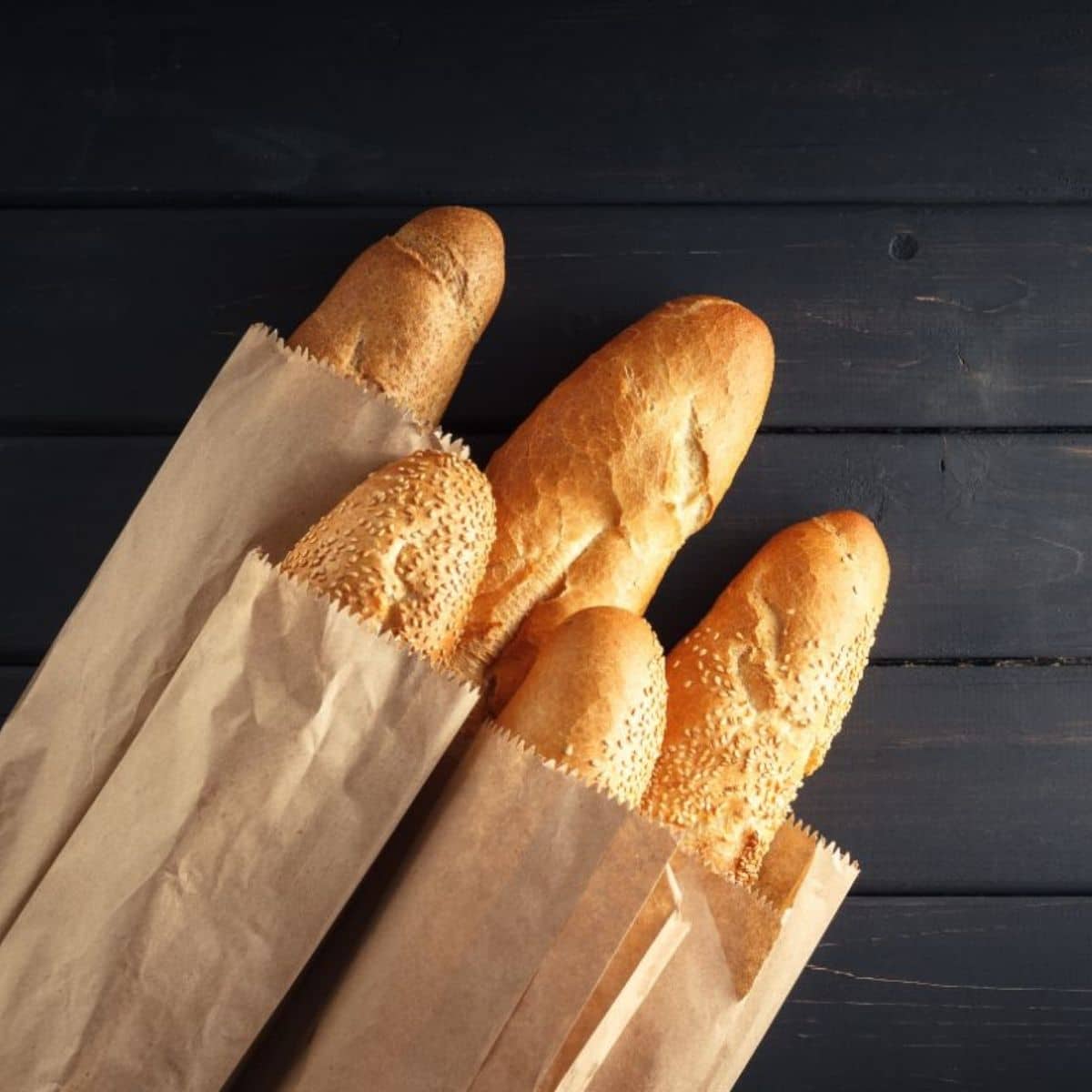
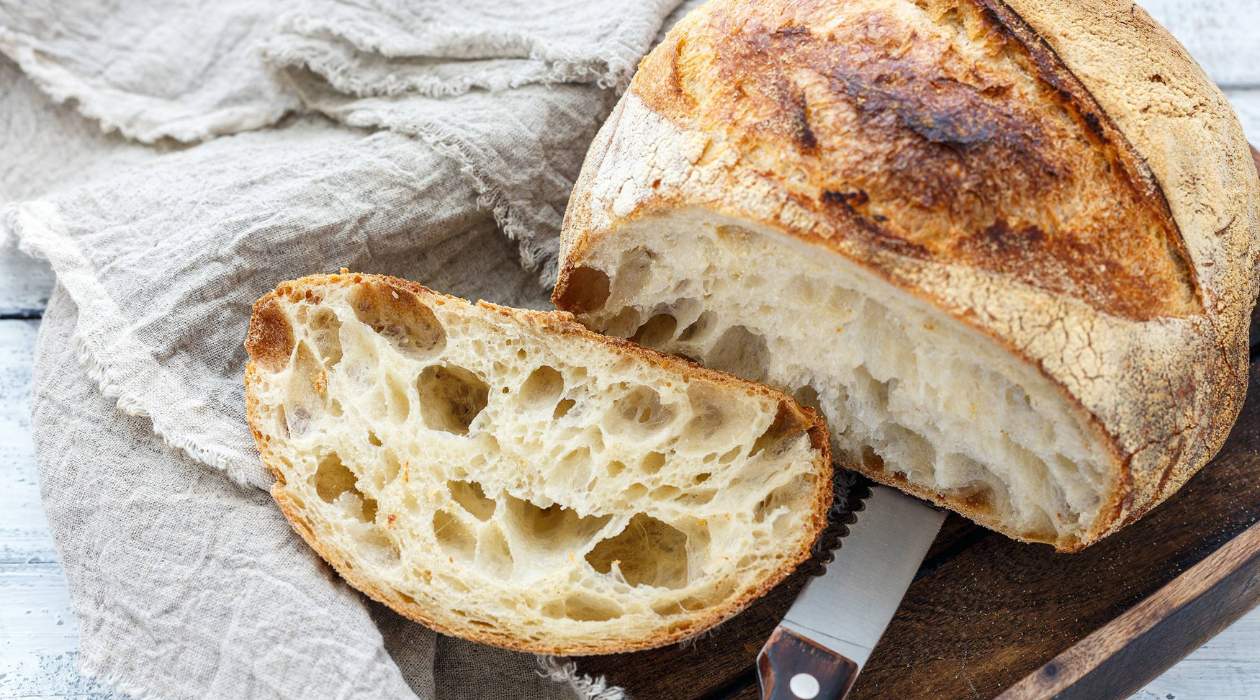
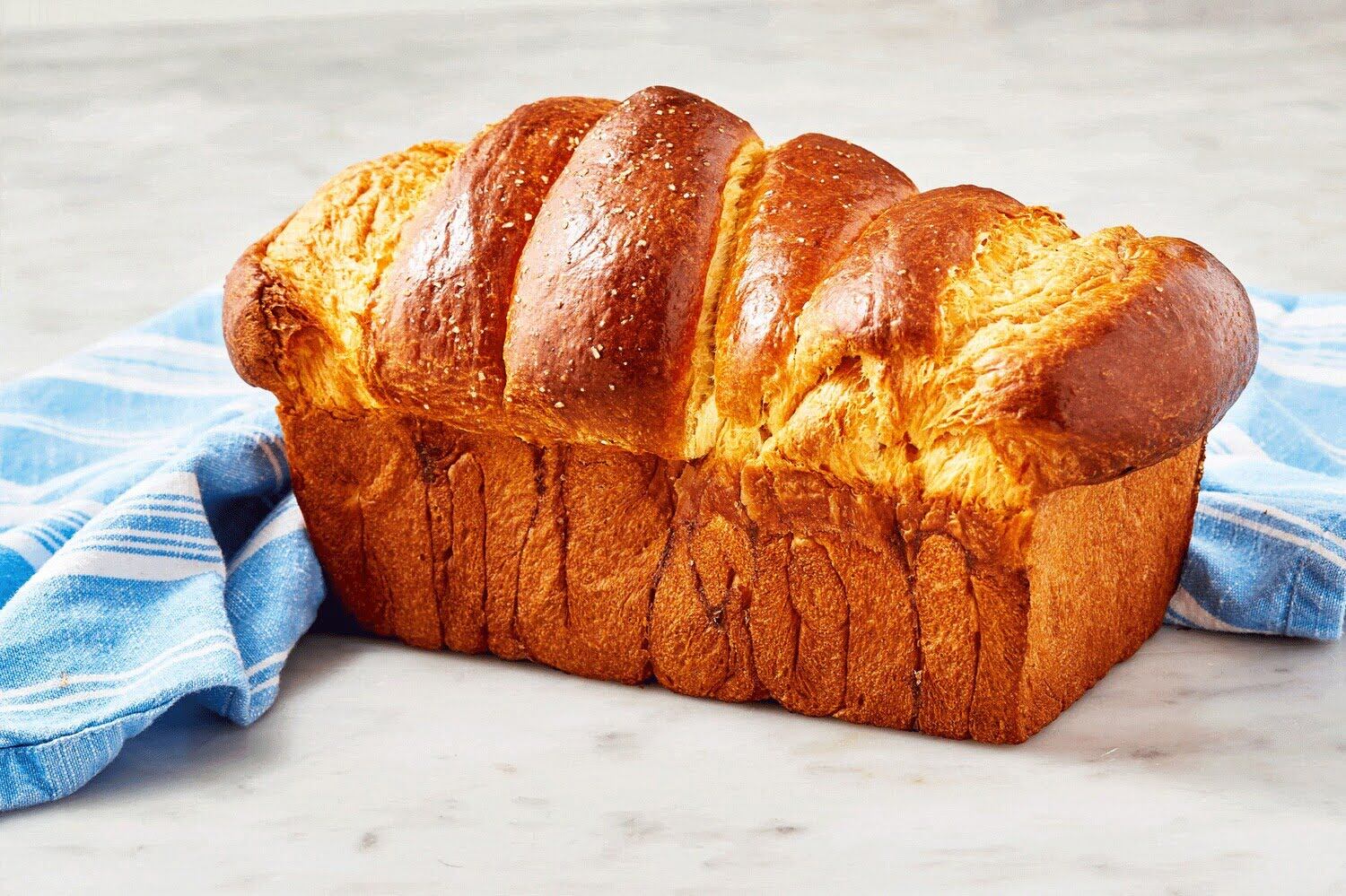

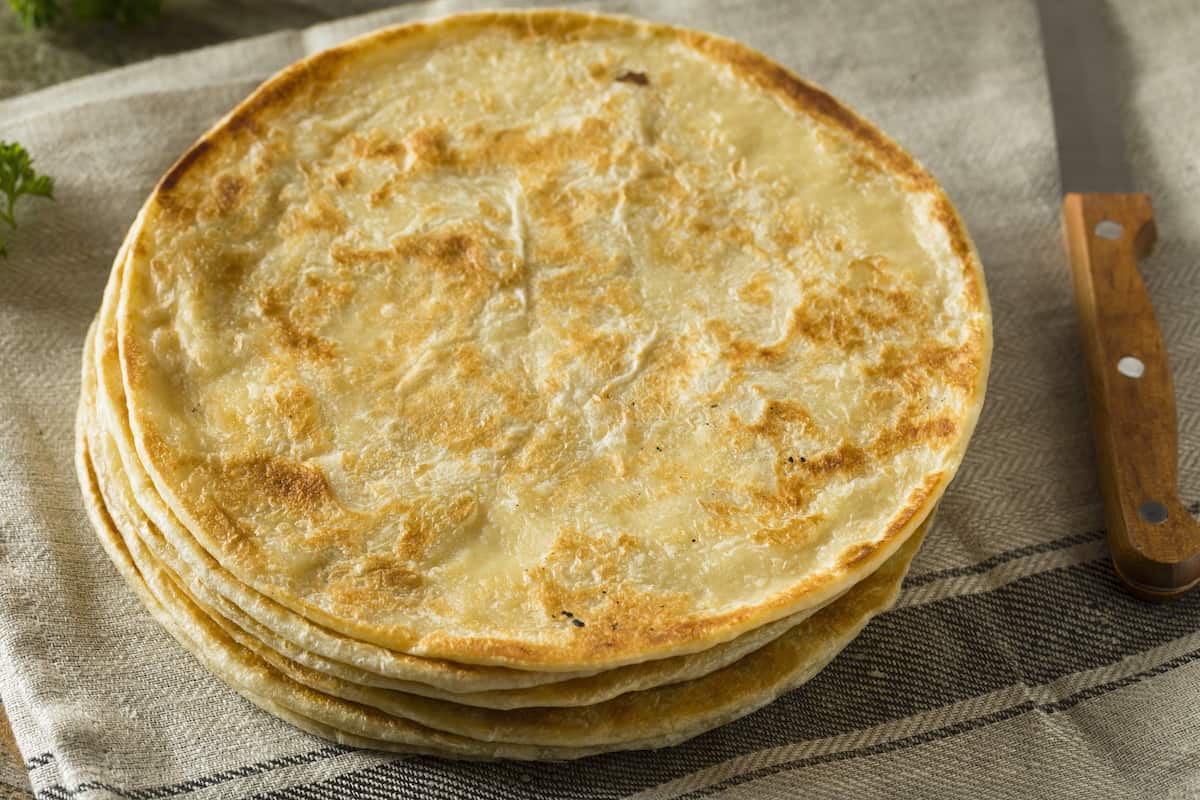
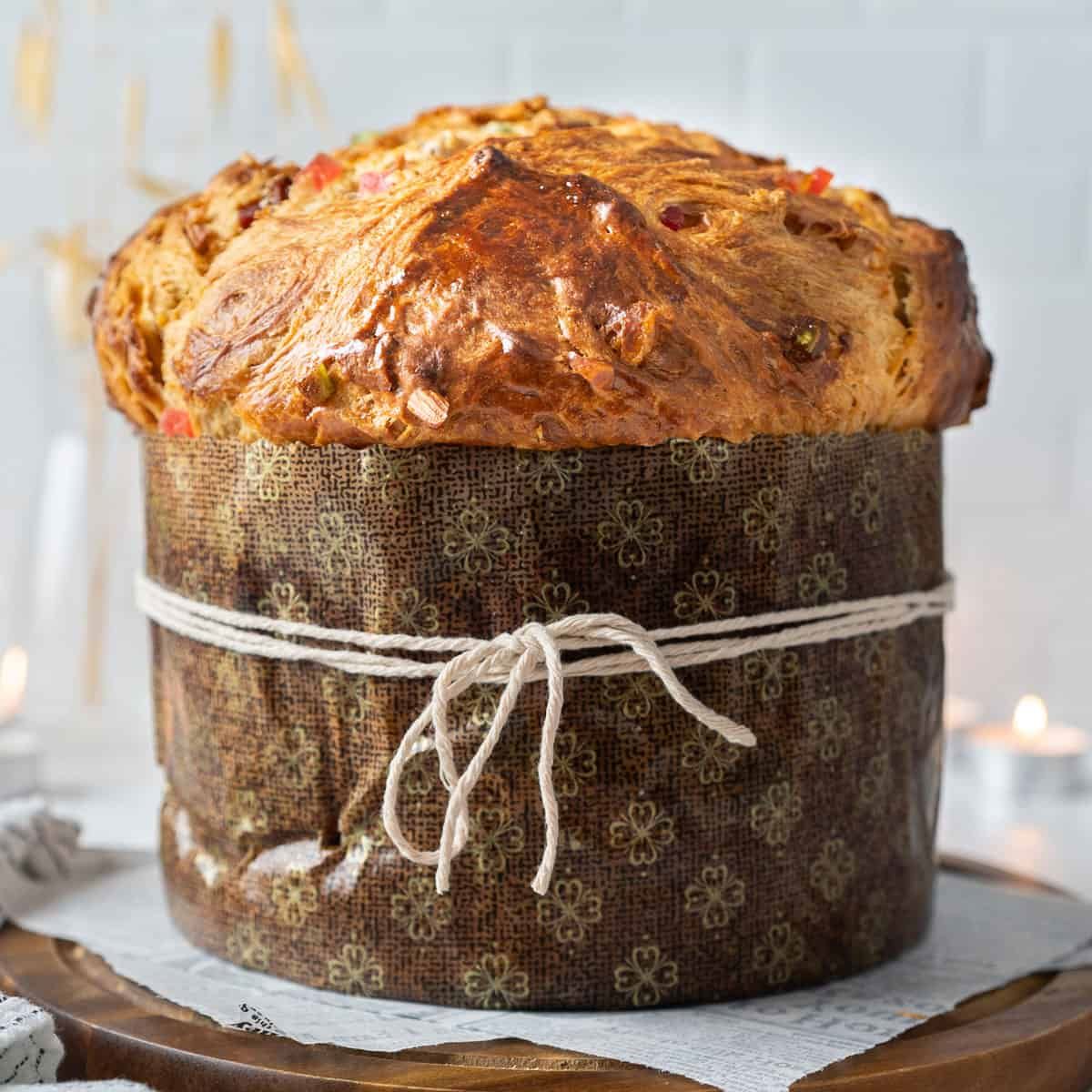
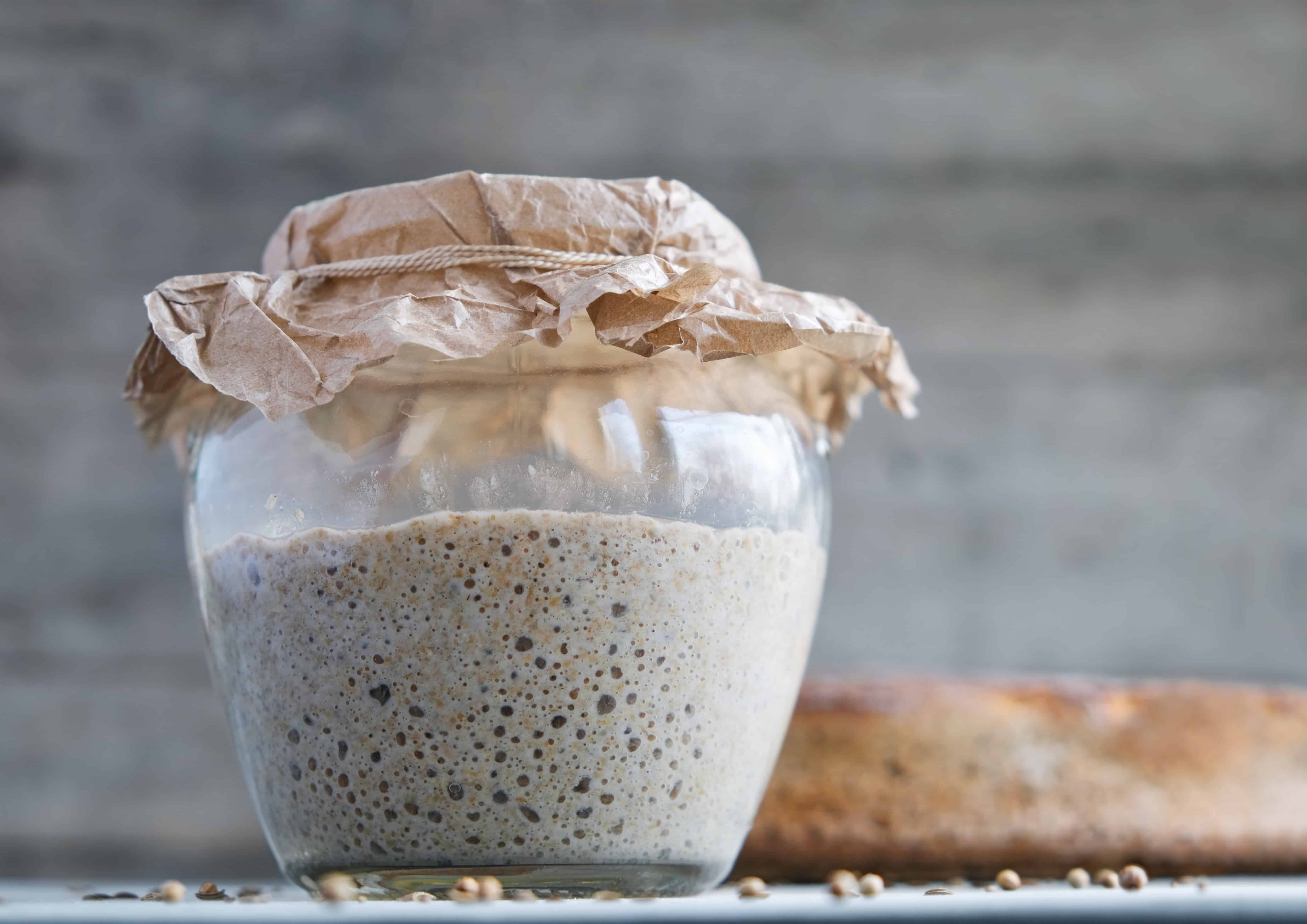
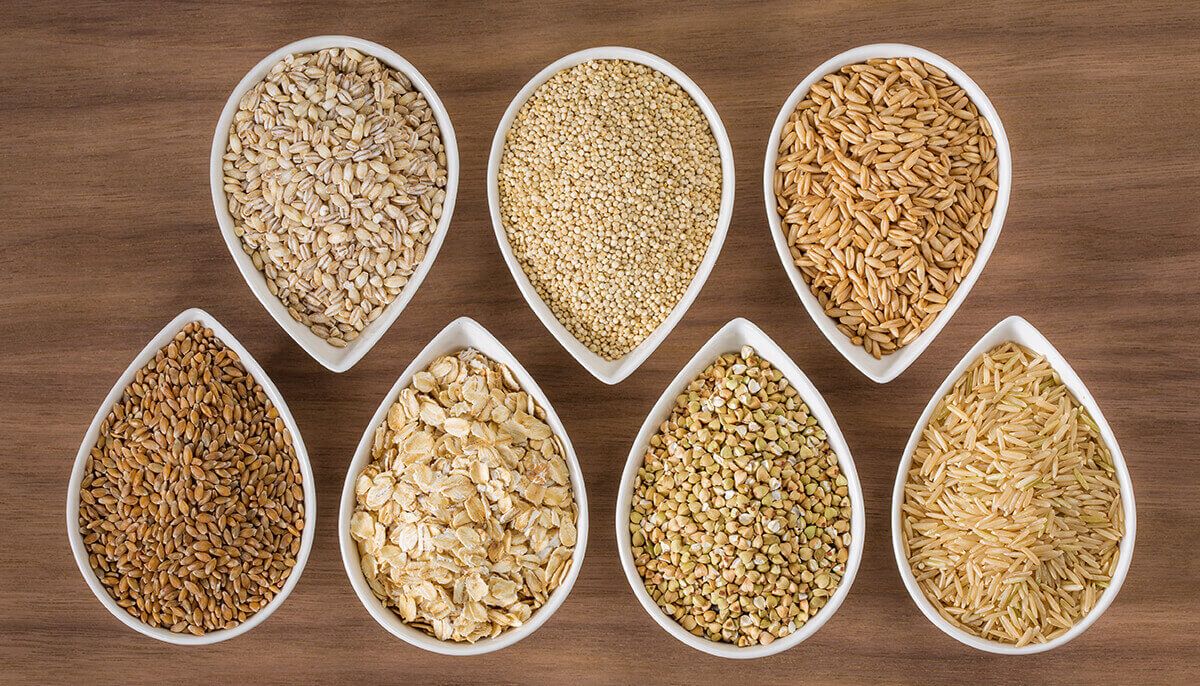
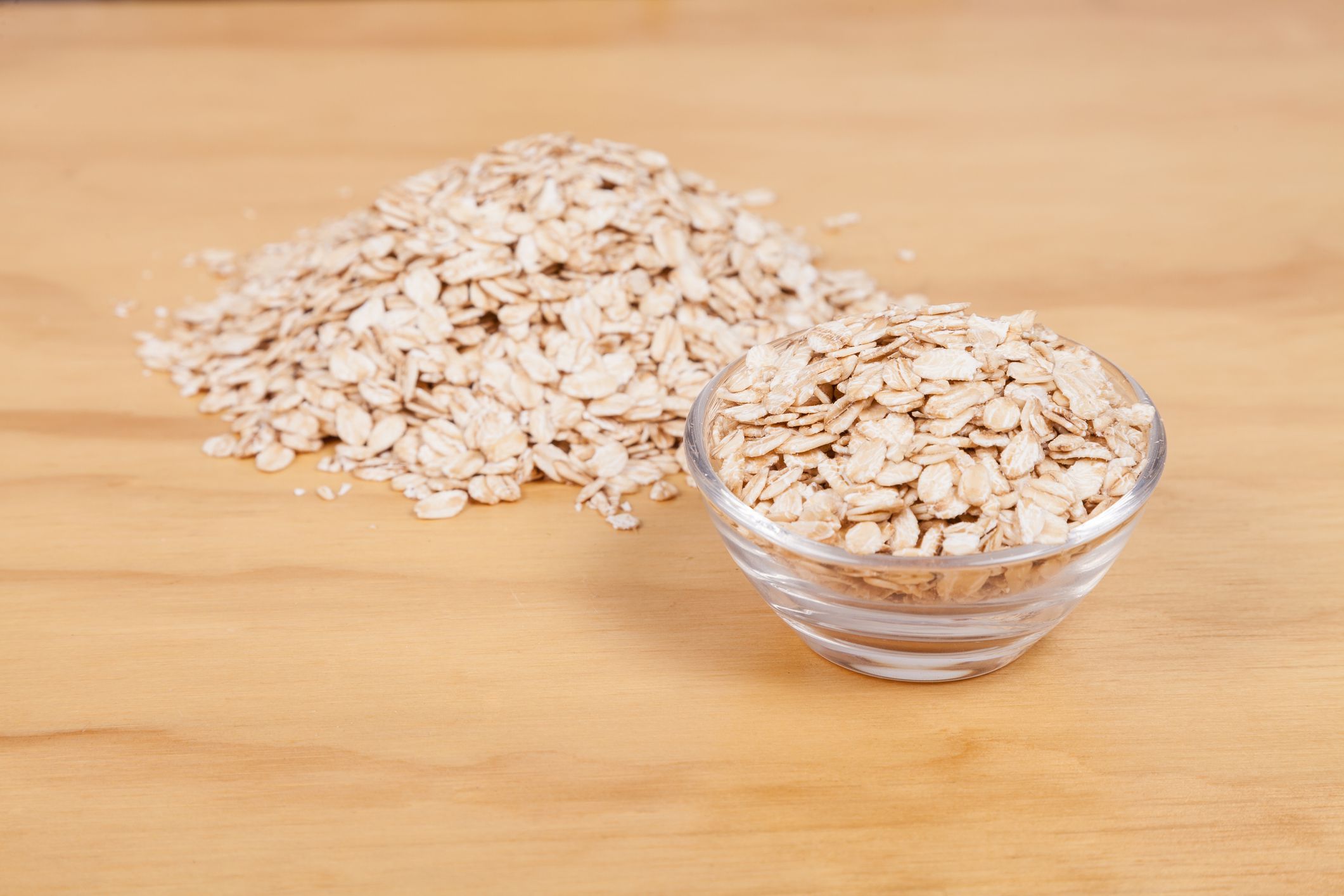

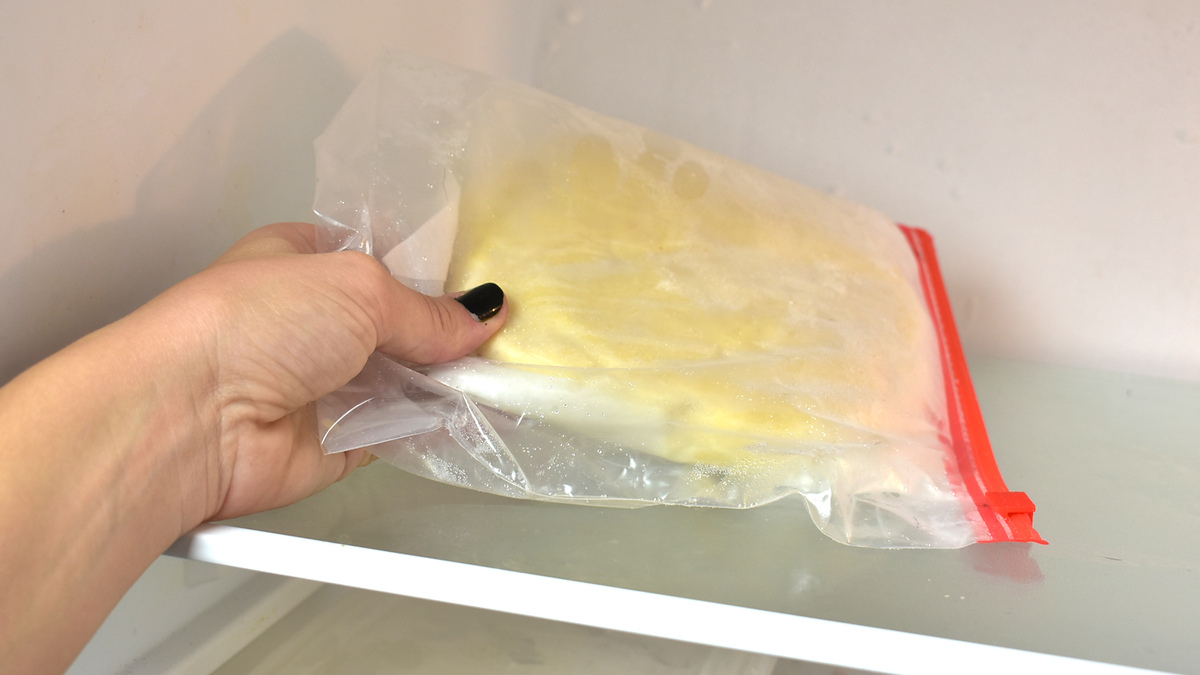
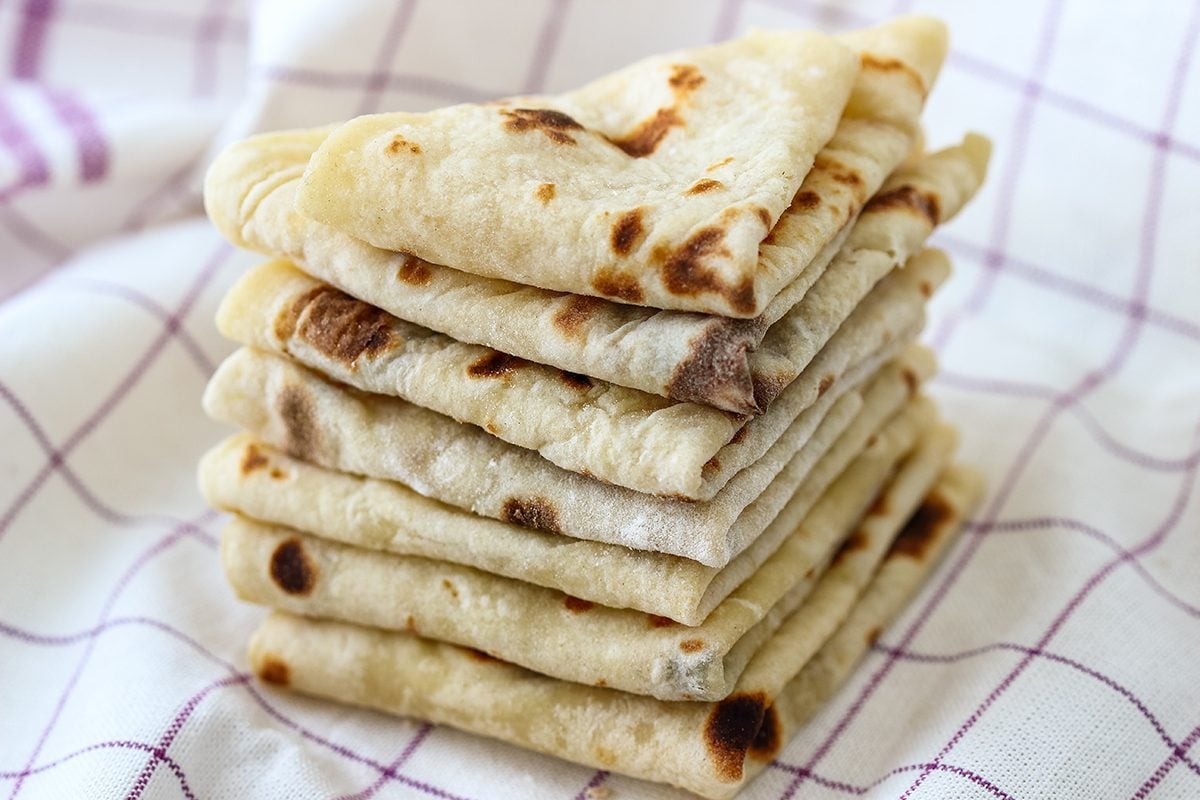
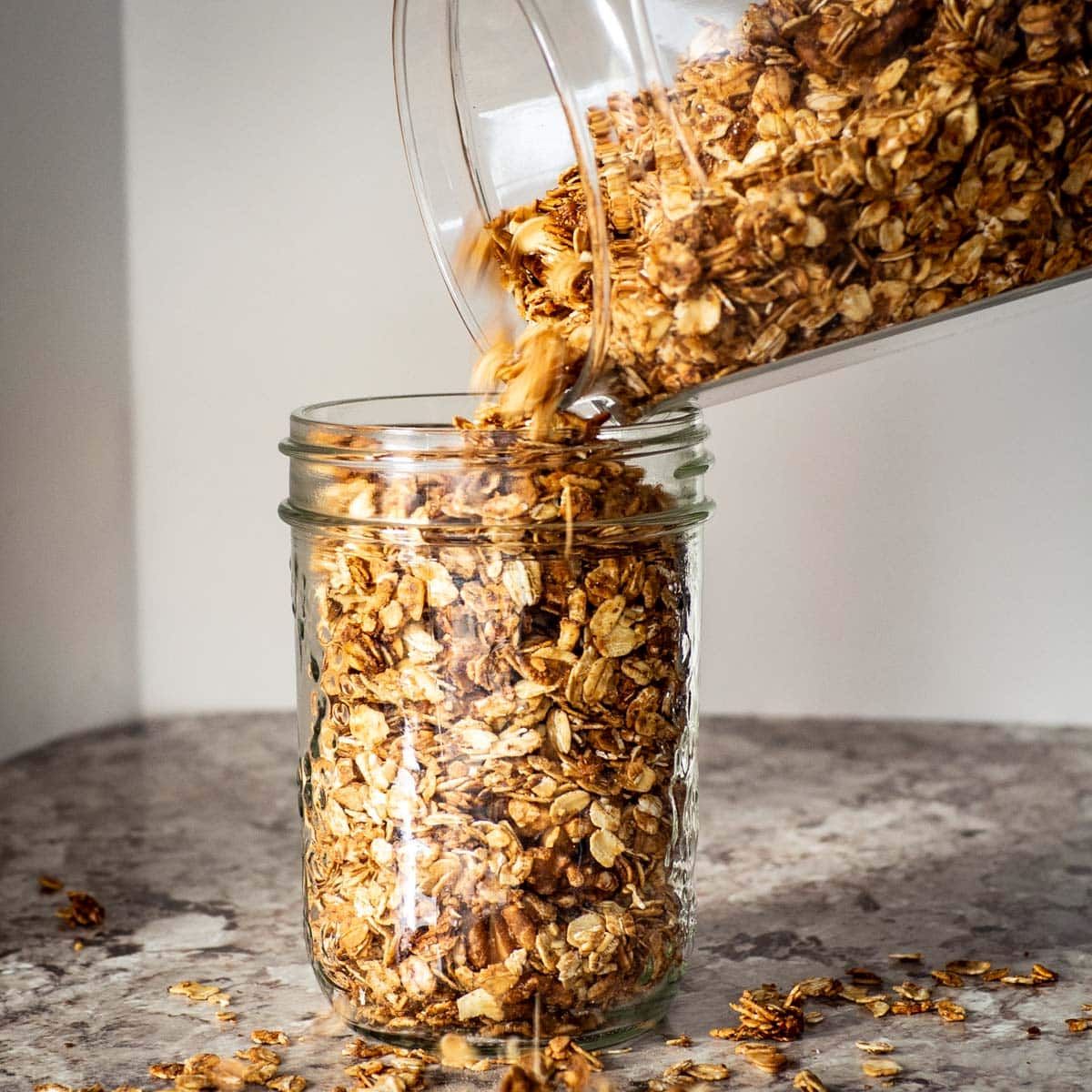

0 thoughts on “How To Store Bread”